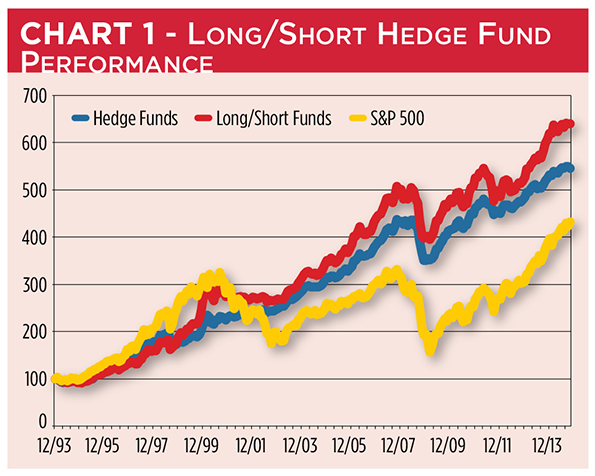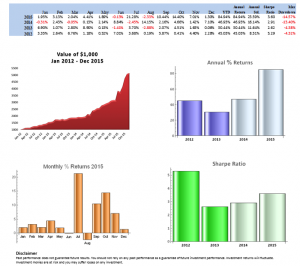Grace Kim, Brand Director at DarcMatter, does a good job of setting out the pros and cons of ETFs vs hedge funds for the family office investor in her LinkedIn post.
She points out that ETFs now offer as much liquidity as hedge funds, both now having around $2.96 trillion in assets. So, too, are her points well made about the low cost, diversification and ease of investing in ETFs compared to hedge funds.
But, of course, the point of ETF investing is to mimic the return in some underlying market – to gain beta exposure, in the jargon – whereas hedge fund investing is all about alpha – the incremental return that is achieved over and above the return attributable to market risk factors.
But should an investor be forced to choose between the advantages of diversification and liquidity of ETFs on the one hand and the (supposedly) higher risk-adjusted returns of hedge funds, on the other? Why not both?
Diversified Long/Short ETF Strategies
In fact, there is nothing whatever to prevent an investment strategist from constructing a hedge fund strategy using ETFs. Just as one can enjoy the hedging advantages of a long/short equity hedge fund portfolio, so, too, can one employ the same techniques to construct long/short ETF portfolios. Compared to a standard equity L/S portfolio, an ETF L/S strategy can offer the added benefit of exposure to (or hedge against) additional risk factors, including currency, commodity or interest rate.
For an example of this approach ETF long/short portfolio construction, see my post on Developing Long/Short ETF Strategies. As I wrote in that article:
My preference for ETFs is due primarily to the fact that it is easier to achieve a wide diversification in the portfolio with a more limited number of securities: trading just a handful of ETFs one can easily gain exposure, not only to the US equity market, but also international equity markets, currencies, real estate, metals and commodities.
More Exotic Hedge Fund Strategies with ETFs
But why stop at vanilla long/short strategies? ETFs are so varied in terms of the underlying index, leverage and directional bias that one can easily construct much more sophisticated strategies capable of tapping the most obscure sources of alpha.
Take our very own Volatility ETF strategy for example. The strategy constructs hedged positions, not by being long/short, but by being short/short or long/long volatility and inverse volatility products, like SVXY and UVXY, or VXX and XIV. The strategy combines not only strategic sources of alpha that arise from factors such as convexity in the levered ETF products, but also short term alpha signals arising from temporary misalignments in the relative value of comparable ETF products. These can be exploited by tactical, daytrading algorithms of a kind more commonly applied in the context of high frequency trading.
For more on this see for example Investing in Levered ETFs – Theory and Practice.
Does the approach work? On the basis that a picture is worth a thousand words, let me answer that question as follows:
Systematic Strategies Volatility ETF Strategy
Conclusion
There is no reason why, in considering the menu of ETF and hedge fund strategies, it should be a case of either-or. Investors can combine the liquidity, cost and diversification advantages of ETFs with the alpha generation capabilities of well-constructed hedge fund strategies.



